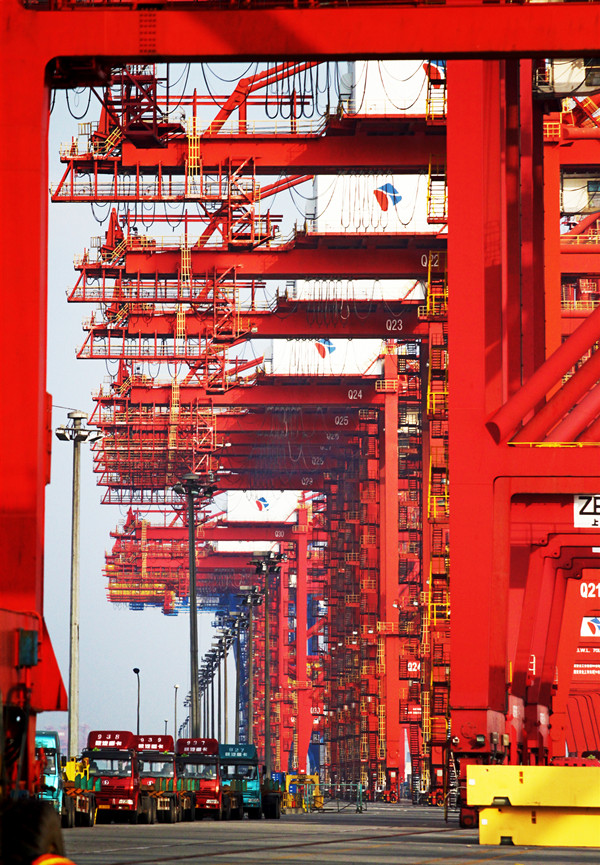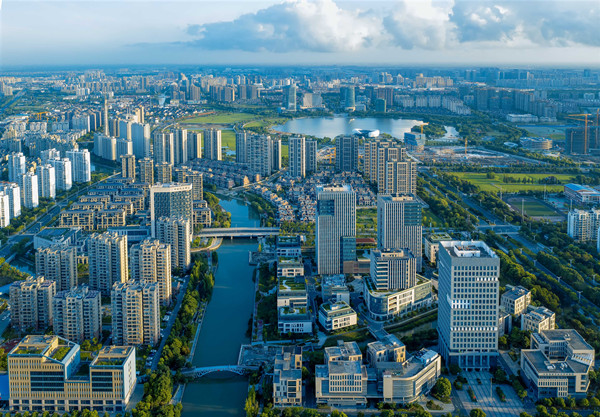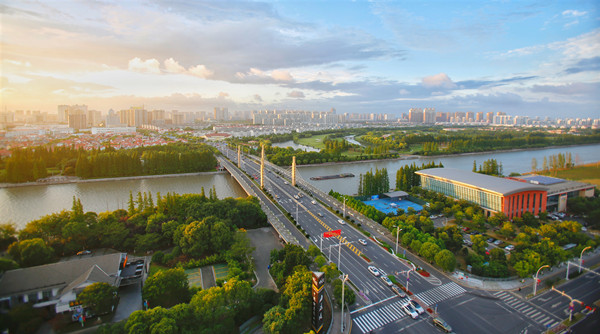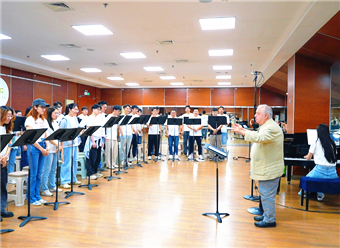Luen Thai eyes dual-circulation, RCEP for expansion
Luen Thai Group Ltd, the Hong Kong-headquartered family-owned conglomerate with vast business interests in the Asia-Pacific region, will continue to increase its investments in the Chinese mainland, given emerging opportunities in the form of the dual-circulation development pattern and the Regional Comprehensive Economic Partnership.
Luen Thai's goal is to tap growth opportunities arising from China's new development strategy and big-ticket multilateral free trade deals like the RCEP, said a senior executive of the company.
Luen Thai and the US-based footwear giant Skechers USA Inc formed a joint venture called Skechers China Ltd in 2007 to sell footwear in China.
Luen Thai has set for itself a target of running 400 superstores across the Chinese mainland by the end of this year.
The group invested 1 billion yuan ($154 million) to build a logistics center in Taicang, eastern China's Jiangsu province, in 2017.
Many of these superstores will be located in lower-tier cities and counties, said Willie Tan, chief executive officer of Luen Thai Retail and Luen Thai Enterprises, the group's two business arms. Tan is also CEO of Skechers China, the Republic of Korea and Southeast Asia.
Luen Thai will continue to expand the sales channels for brands, including the US footwear brand Naturalizer and designer female footwear brand Sam Edelman in the Chinese mainland as the dual-circulation development pattern encourages full exploitation of market potential and freer flow of goods across regions.
The dual-circulation pattern is all about internal economic circulation acting as the mainstay of economic growth from now on even though the domestic and external markets complement each other.
"We will also introduce domestic brands in China to the global market, especially to the markets of the Association of Southeast Asian Nations," he said.
The group's business scope in China covers more than a dozen industries, including apparel, logistics, fisheries and real estate.
As China has recovered from the COVID-19 pandemic in an exceptional manner, Skechers saw its sales surge almost 29.7 percent year-on-year in 2020. The company entered China in 2008 and now runs nearly 3,000 stores, including over 300 superstores.
The past year has been a turning point for China and its vast markets in the world. The country has increasingly brought the COVID-19 pandemic under control; the introduction of dual-circulation development pattern will further combine self-sustainability domestically with higher added value in exports, said Tan, noting this serves as a strategic measure that matches the current conditions in China.
All 15 members of the RCEP are planning to ratify the agreement before the end of this year and push for it to take effect on Jan 1. Tan said the company will benefit from the RCEP, and should be able to make full use of the resources from the agreement's footprint in its production activities.
"It will be easier for the products to obtain the original qualification of the contracting countries, and finally enjoy more preferential tariff rates and special trade treatment," he said.
Luen Thai also funds and supports the Ren Shan Poverty Relief Foundation. Apart from expanding its market presence in the Chinese mainland, the Republic of Korea, Southeast Asia, the foundation has implemented 43 industrial projects in 16 counties in five provinces-Yunnan, Guizhou, Gansu, Hebei and Fujian-from 2016 to 2020.
Nearly 56 million yuan was invested in these programs, improving the lives of more than 3,000 households, Luen Thai said.
"The market in the Chinese mainland includes not only first-tier cities but lower-tier ones, and those cities are developing fast. We are moving gradually to those places by adding investment," Tan said.
China's actual use of foreign capital soared 35.4 percent on a yearly basis to 481 billion yuan in the first five months of this year.
The volume surged 30.3 percent from the same period in 2019, data from the Ministry of Commerce showed.
Liu Xiangdong, a researcher at the China Center for International Economic Exchanges in Beijing, said the growth in foreign investment in China can be attributed to factors like expanding foreign investors' access to more sectors and regions.
This is reflected in the shortening negative list, and the growing number of pilot programs in pilot free trade zones, free trade ports and comprehensive pilot zones for the services sector.









